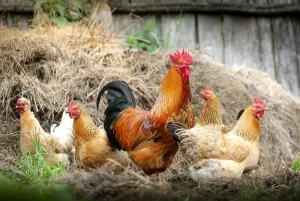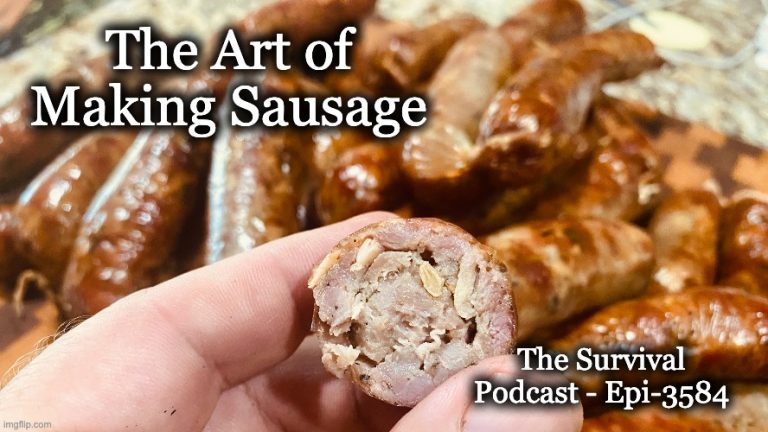Experts are waving the red flag on the bird flu virus that has infected wild and food-producing poultry, farm animals like cattle, fur-bearing critters, and recently, a dairy worker. The virus, 2020’s H5N1 influenza, theoretically has the potential to be the source of the next pandemic, and some claim it could be 100 times worse than COVID.
Although the virus is showing up in humans at risk around the world, it’s similar to a number of bird flu outbreaks that did not pan out to be COVID-style societal catastrophes. The math is also fuzzy: Since COVID’s total death rate was one percent, a virus 100 times worse would, I guess, kill everyone on Earth.
That’s not to say that the Bird Flu is benign. Its death rate could approach Ebola-like figures of 50 percent. But it hasn’t been as easy for the virus to pass on to humans as it has some mammals. Up to this point, the positive results in cattle were the first seen in the U.S.
H5N1 was originally identified in geese in China in 1996 but has rarely caused humans to sicken. A case in a Colorado resident in 2022, for example, didn’t cause an outbreak. Of course, viruses mutate, and the wrong genetic turn could be reason to worry. As humans exhibit little immunity against the virus once infected, they could be sitting “ducks” for the bird flu. Sitting ducks, see what I did there?
CDC Findings
The CDC revealed its genetic sequencing findings for the virus in a technical update on its website. There were minor differences between human specimens and the cattle samples, but both had avian characteristics. One change noted in the viral genome was a known link that helps it adapt to mammalian hosts. This was seen before in past samples and doesn’t seem to be related to transmission.
Therefore, the CDC states the overall risk to human health remains low at present, and only cattle in Ohio and Idaho have tested positive so far. Herds in Texas, Kansas, and New Mexico are still in the process of testing, however.
Transmission
Factors that include wild bird migrations, especially involving geese and ducks, could worsen the situation. Those making trips North and South could spread the Bird Flu far and wide.
Just so you know, symptoms of bird flu include eye redness, coughing, body aches, and fevers. The dairy worker recently infected, however, only had eye symptoms and not respiratory, which likely decreases the risk of H5N1 becoming lethal.
At present, the CDC doesn’t consider a Bird Flu outbreak to be likely. Those who are involved in the poultry and other food-producing livestock industry should, however, practice infection prevention strategies, like:
- Proper and frequent hand hygiene.
- Proper food preparation techniques.
- Avoidance of touching the face, mouth, nose, or eyes when in contact with animals or after using the restroom.
- And, maybe, consider influenza vaccination if you’re high-risk.
The above strategies are also useful for the general prevention of influenza.
Another Pandemic? Ugh.
Americans are pandemic-weary at this point, having seen Ebola, Zika, Chikungunya, Dengue, enterovirus, and COVID in the news just in the last decade. Federal funding for pandemic preparedness is no longer a priority. About 335 million dollars for pandemic issues are earmarked this year, well short of the 2025 budget request of 1.15 billion.
There is good news (even though it involves vaccines): Two viruses that could form the building blocks manufacturers use to produce a vaccine appear suitable to protect against the H5N1 strain seen in dairy cattle and birds. But right now, most resources are being used to produce standard seasonal flu vaccines. So don’t expect the availability of mass quantity of bird flu vaccine anytime soon.
Bottom line: You shouldn’t spend nights up worrying about the bird flu, but you should spend some time at the kitchen or bathroom sink washing your hands. Watch out for cold and flu symptoms and don’t answer that ad for a cattle wrangler or chicken plucker anytime soon, or a chicken wrangler or cattle plucker.
Joe Alton MD























